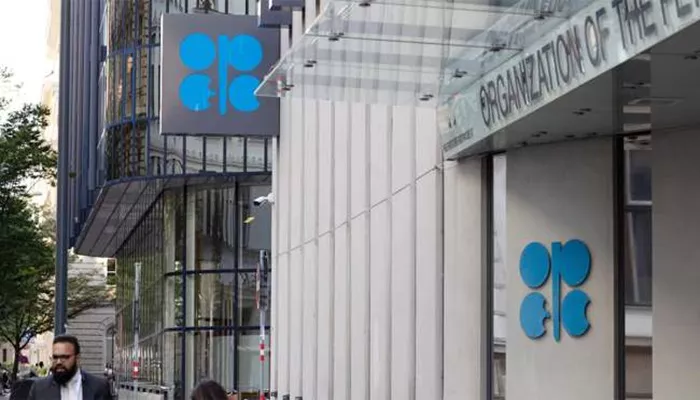OPEC+ appears to have correctly wagered on strong oil demand during the peak summer driving season, with markets largely absorbing the group’s recent production hikes. However, analysts warn that the current supply-demand balance may tilt toward oversupply in the final quarter of 2025 and into 2026.
According to market analysts, oil demand growth will keep pace with supply through the end of the second quarter and into the third. But concerns are rising that by autumn, the market could face a surplus, placing downward pressure on prices and market sentiment.
Forecasts Point to Surplus Later This Year
Several major investment banks predict that oil prices could fall to $60–$65 per barrel by the fourth quarter of 2025. Analysts cite continued OPEC+ output increases and softening demand beyond summer as key factors driving a potential glut.
In July, OPEC+ will implement its third consecutive monthly production hike of 411,000 barrels per day (bpd). According to ING commodities strategists Warren Patterson and Ewa Manthey, this would mean over 60% of the 2.2 million bpd in planned output increases will have been restored by the end of July.
“We’re assuming OPEC+ will continue with these large supply hikes,” the strategists said, projecting a full reversal of voluntary cuts by the end of Q3—one year earlier than previously scheduled. ING’s base case, based on this assumption, forecasts Brent crude to average $59 per barrel in the fourth quarter.
Prices Hold Firm—for Now
Despite the aggressive output increases, oil prices have remained resilient. Analysts credit geopolitical tensions in the Middle East, rising U.S.-Iran hostilities, and the seasonal surge in demand as stabilizing forces.
“It’s never usually a good idea to short the market on the eve of the seasonal increase in demand,” said Frederic Lasserre, global head of market research at Gunvor Group, in an interview.
But the outlook turns bearish after the summer. “After that, the consensus for the fourth quarter and 2026 is quite bearish,” Lasserre added.
HSBC, for example, forecasts Brent crude to hover near $65 per barrel later this year. However, the bank also warns that continued production hikes could swell the supply surplus beyond expectations. In a recent note cited, HSBC said its revised scenario assumes regular monthly hikes through December, fully reversing the 2.2 million bpd in voluntary cuts by year-end.
The bank added, “Deteriorating fundamentals after summer raise downside risks to oil prices and our $65/b assumption from Q4 onwards.”
Supply Constraints and Temporary Supports
Goldman Sachs predicts OPEC+ will complete its final output hike in August, maintaining the 411,000 bpd pace. Meanwhile, Saxo Bank’s Head of Commodity Strategy, Ole Hansen, said crude prices have been buoyed by seasonal demand increases and supply constraints.
“Rising consumption of gasoline and distillates ahead of the peak summer season has helped underpin the market,” Hansen noted.
In the U.S., West Texas Intermediate (WTI) crude is supported by strong refinery demand, low stockpiles, and Canadian supply disruptions caused by wildfires. Crude inventories at the Cushing, Oklahoma hub recently dropped to a 10-year seasonal low of 23.5 million barrels—well below the decade average of 35.1 million barrels.
“This tightness is helping to sustain elevated time spreads at the front end of the futures curve, reflecting robust near-term demand,” Hansen said.
Geopolitical and Economic Wild Cards
Analysts caution that geopolitical and macroeconomic developments could upend forecasts. On Wednesday, oil prices hit a seven-week high following reports that the U.S. State Department may order non-essential personnel to leave its embassy in Baghdad due to rising regional tensions tied to stalled nuclear talks with Iran.
On the economic front, the World Bank warned this week that rising global trade tensions and policy uncertainty are dragging growth projections to their lowest levels since 2008—outside of outright recessions.
“Uncertainty fueled by President Trump’s shifting stance on tariffs has intensified fears of a global economic slowdown,” Hansen added, noting that hedge funds have been increasingly shorting oil as a hedge against weakening growth.
While oil markets remain tight for now, the post-summer outlook appears increasingly fragile. Unless demand continues to surprise on the upside, the market could face an oversupply situation that challenges even the most resilient price forecasts.


